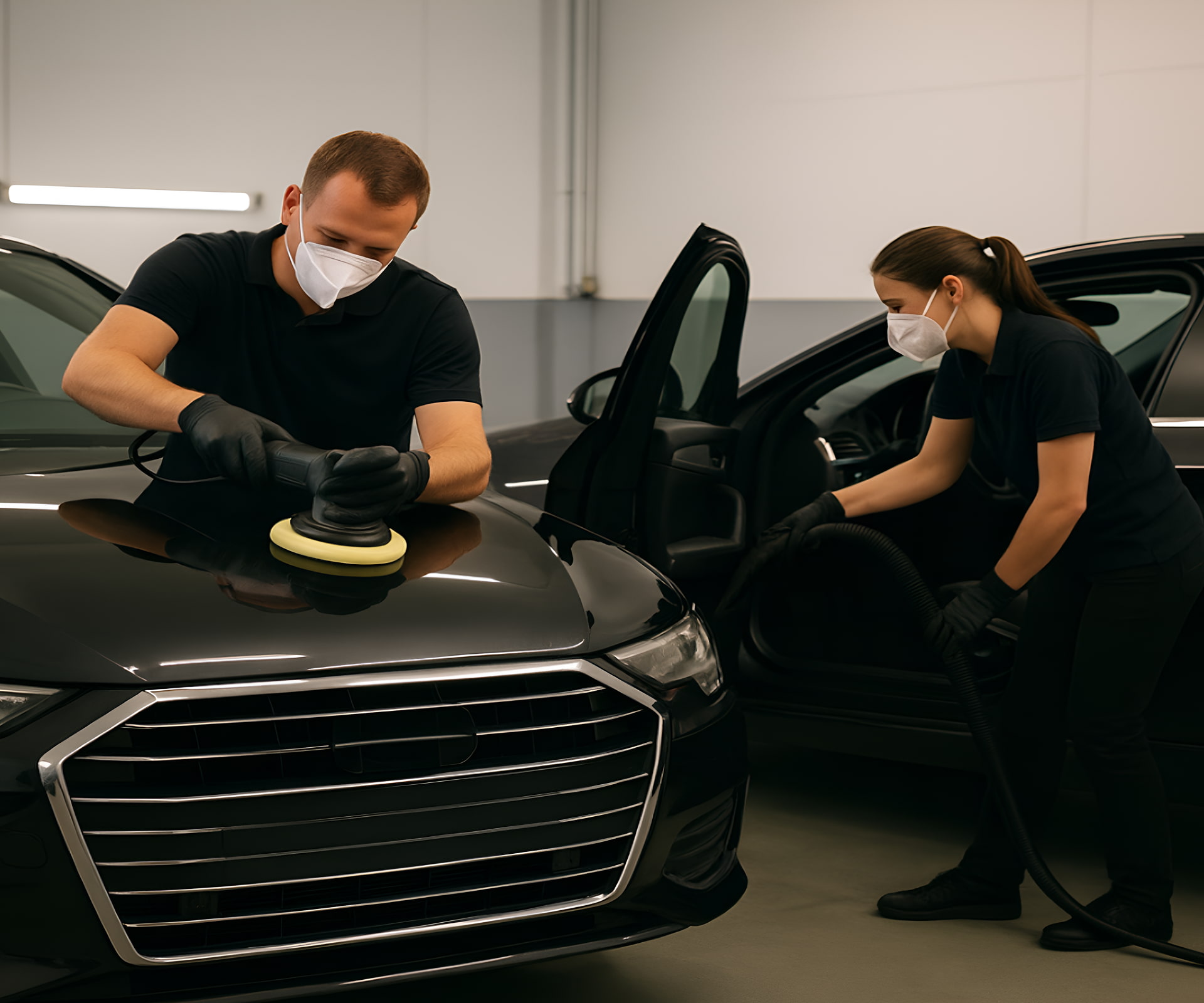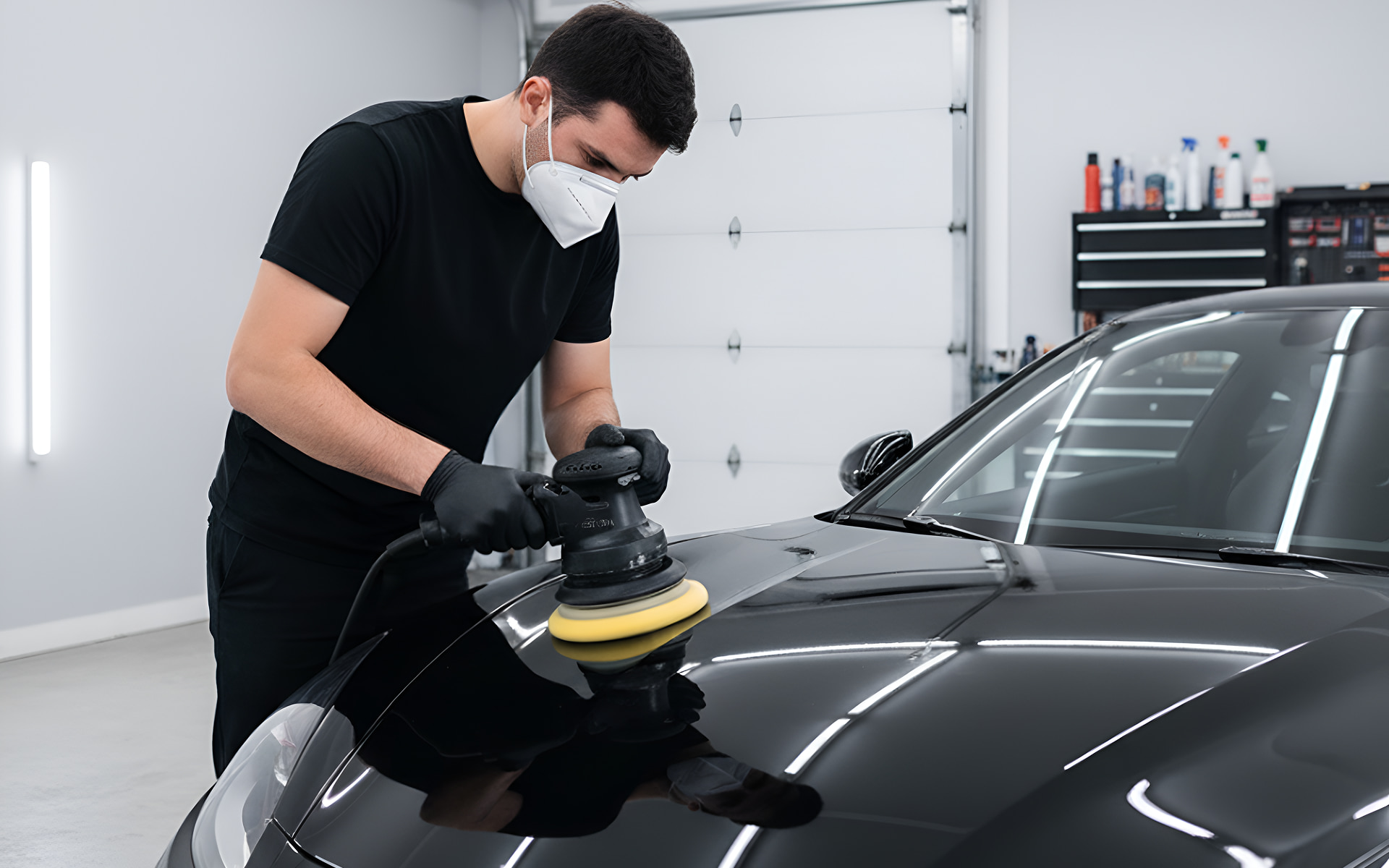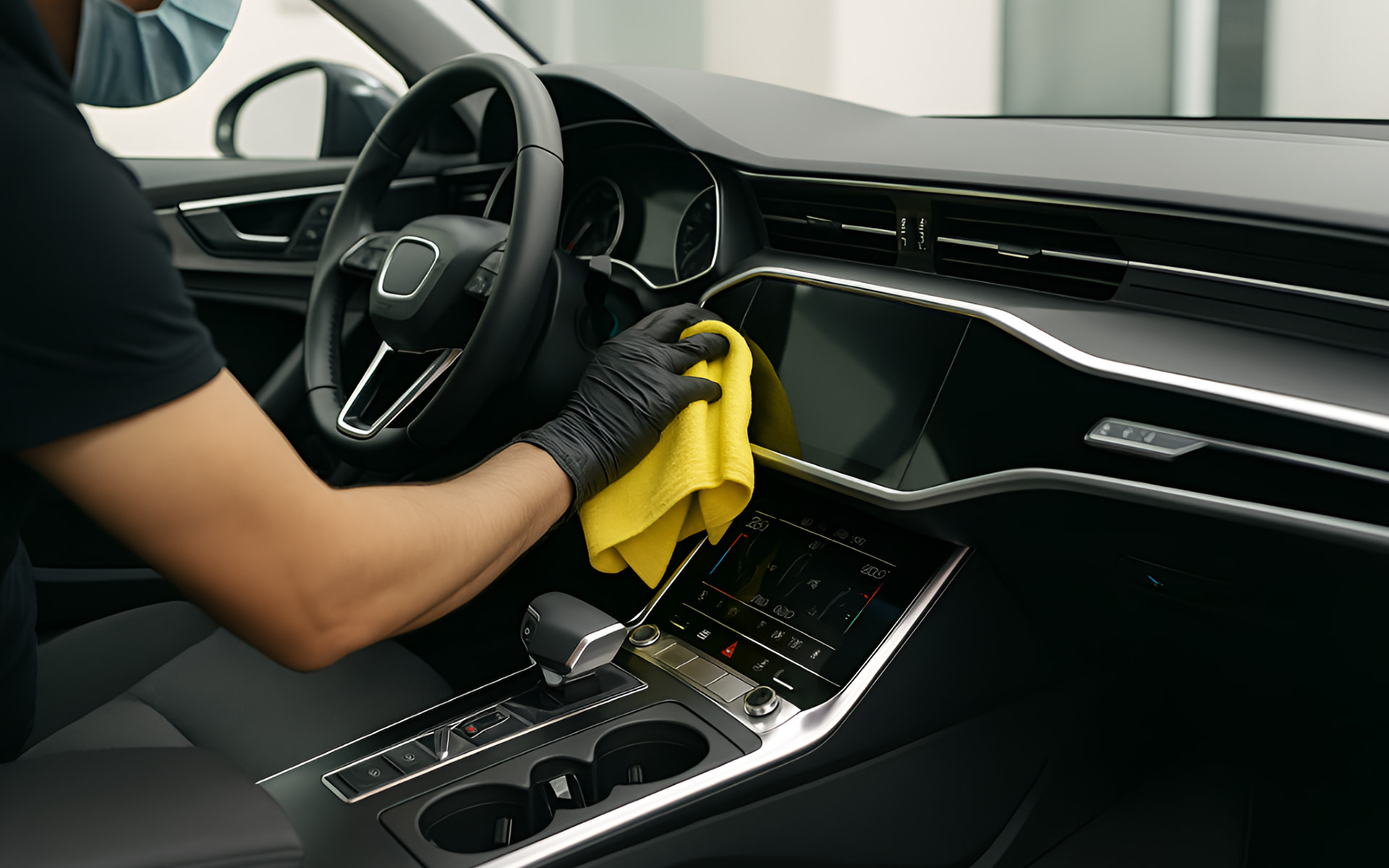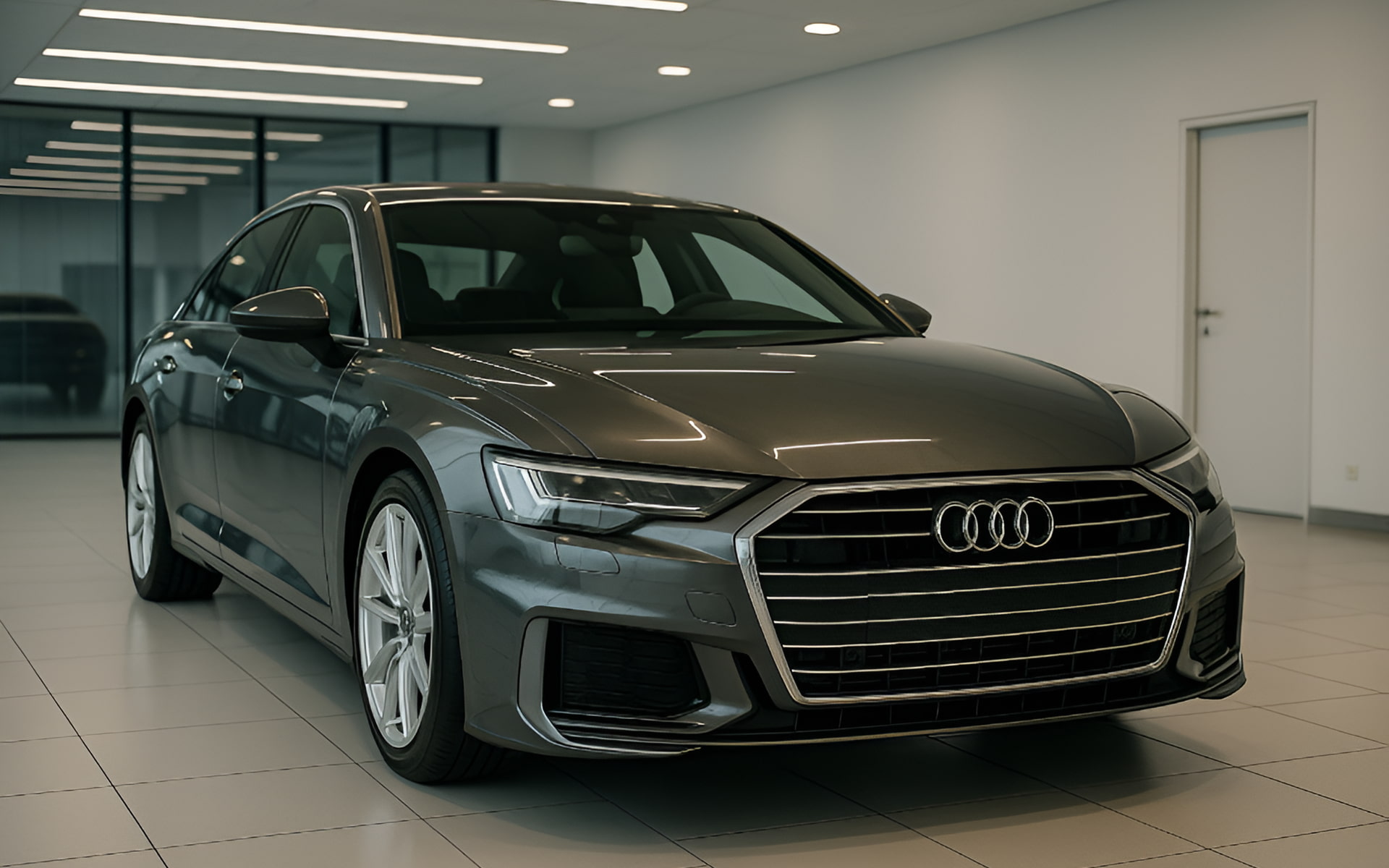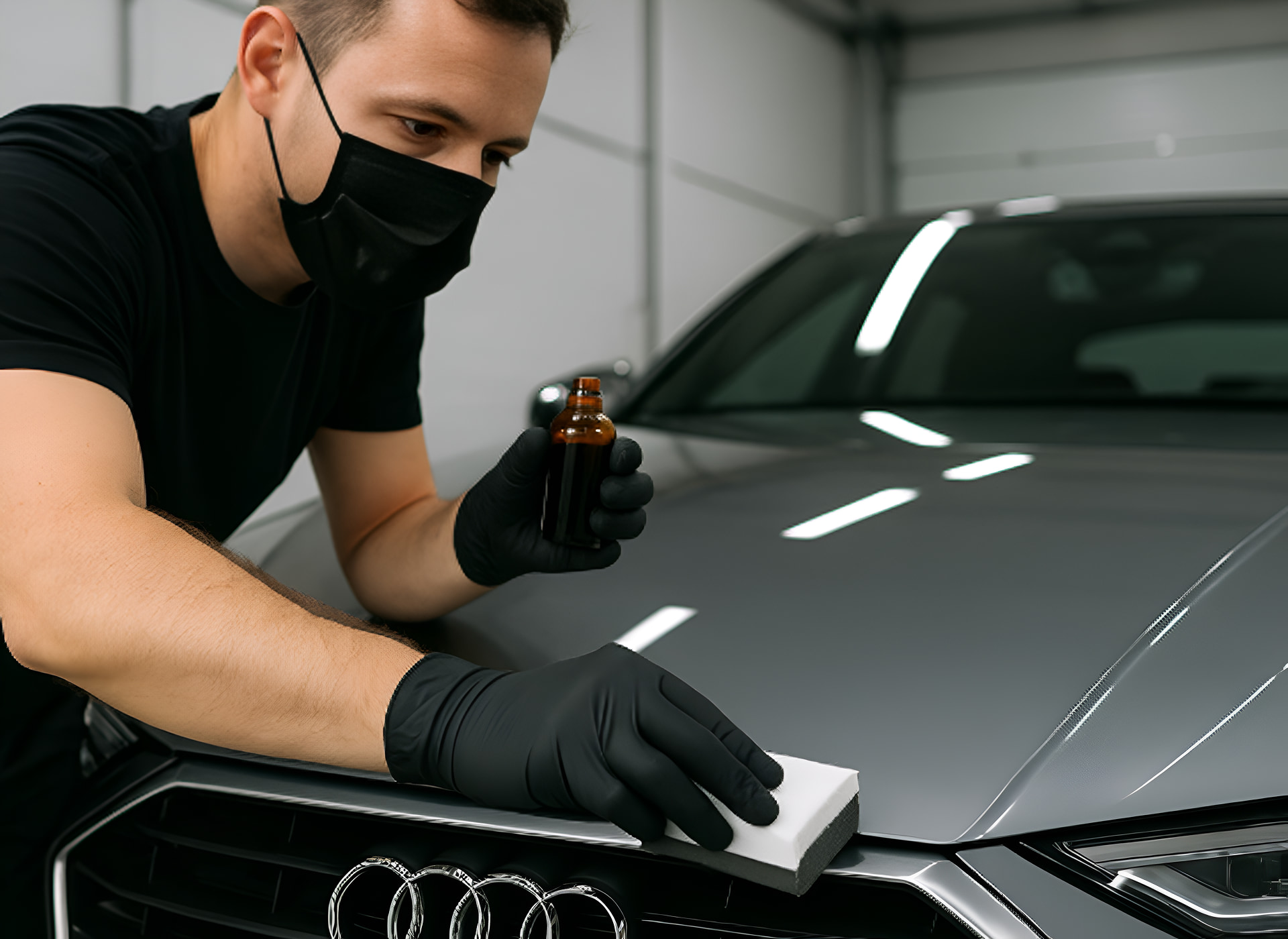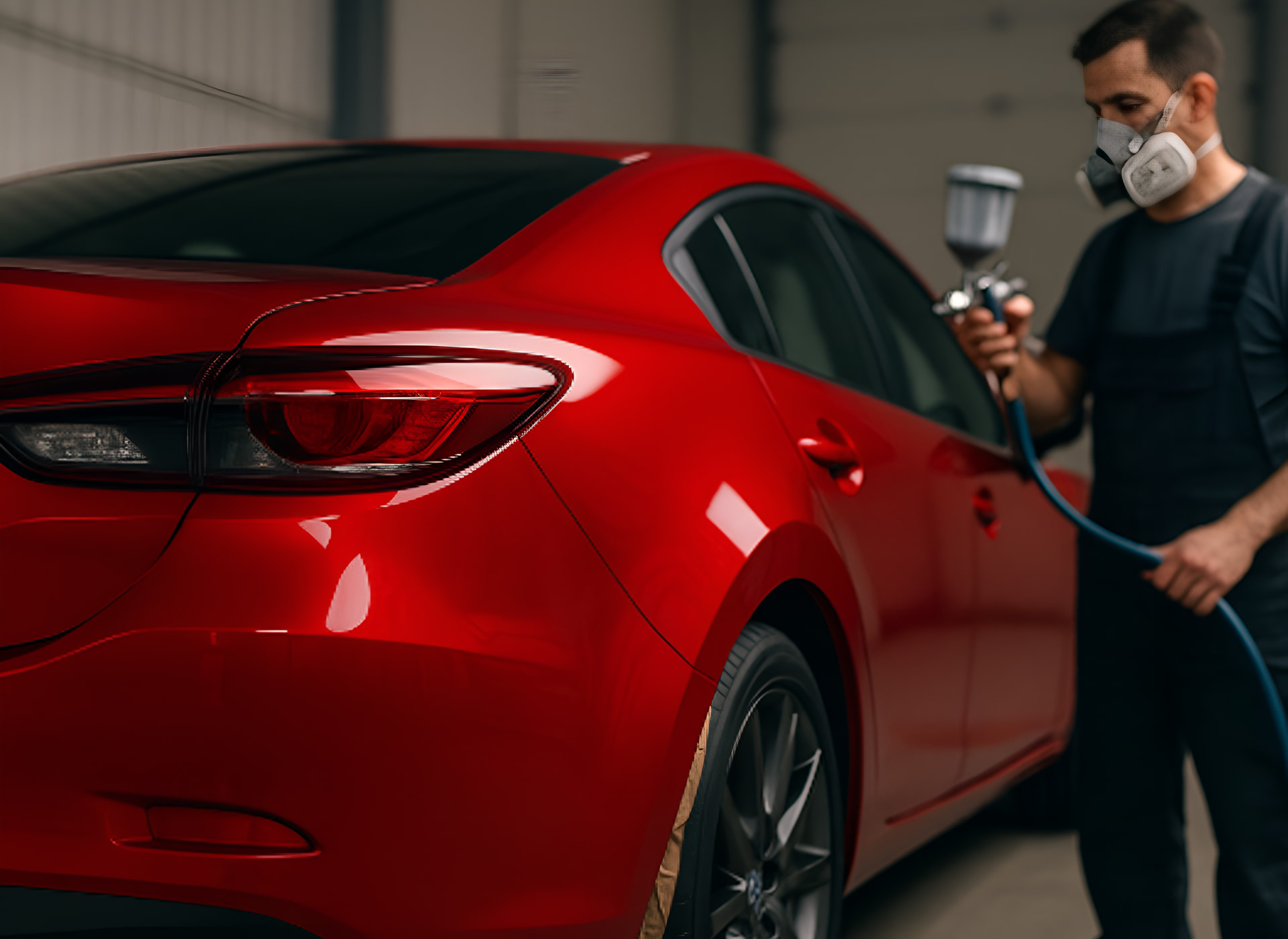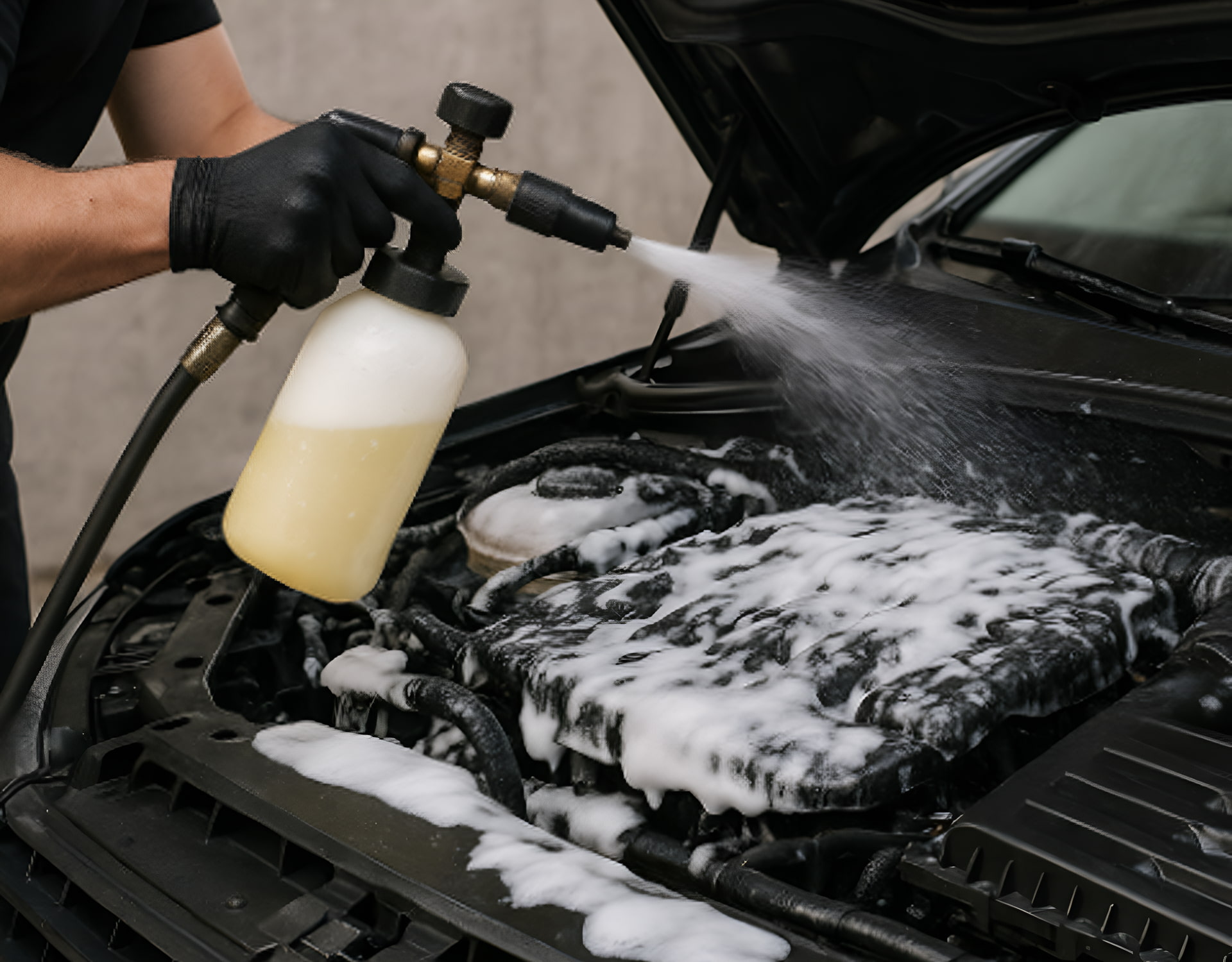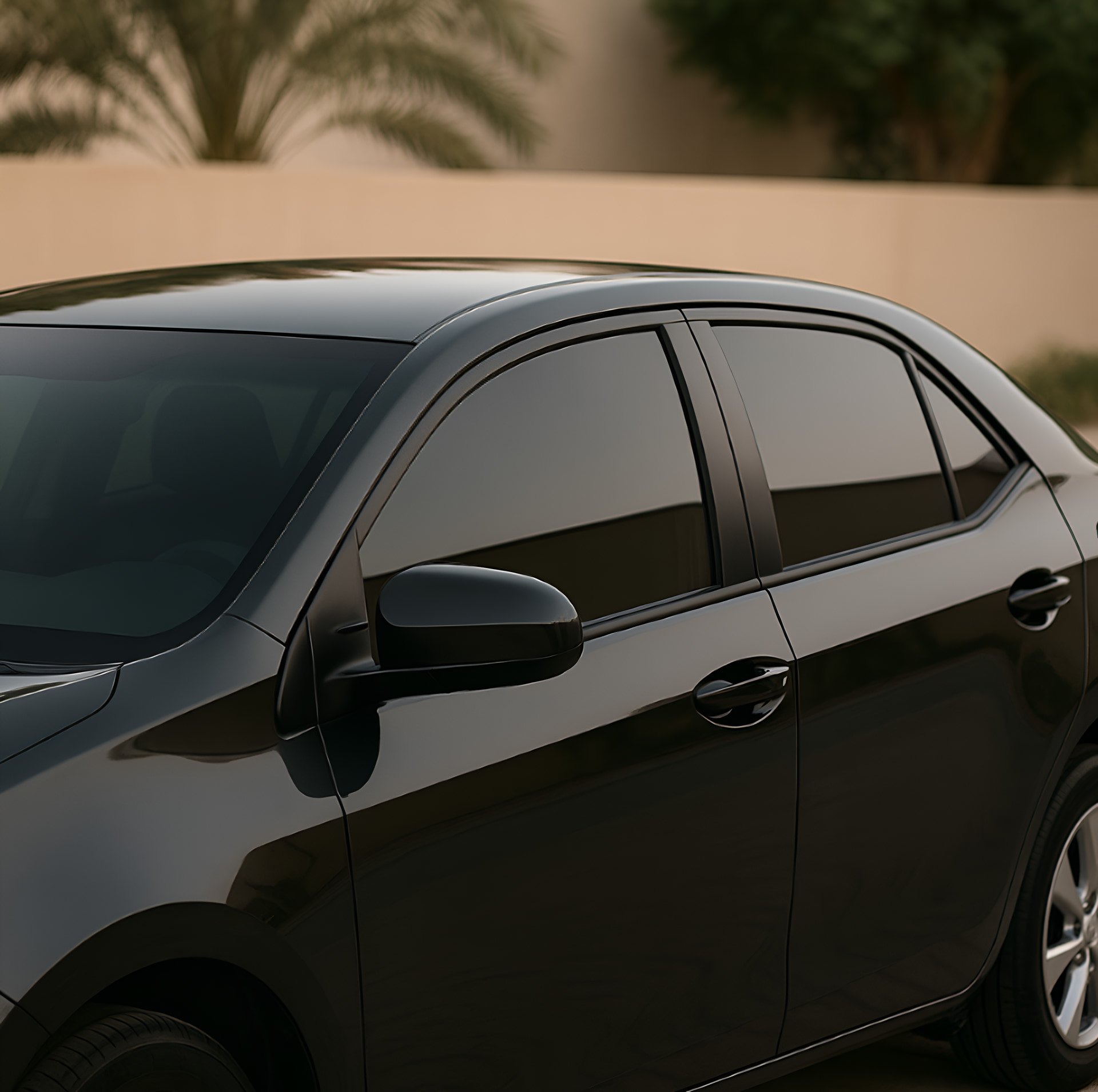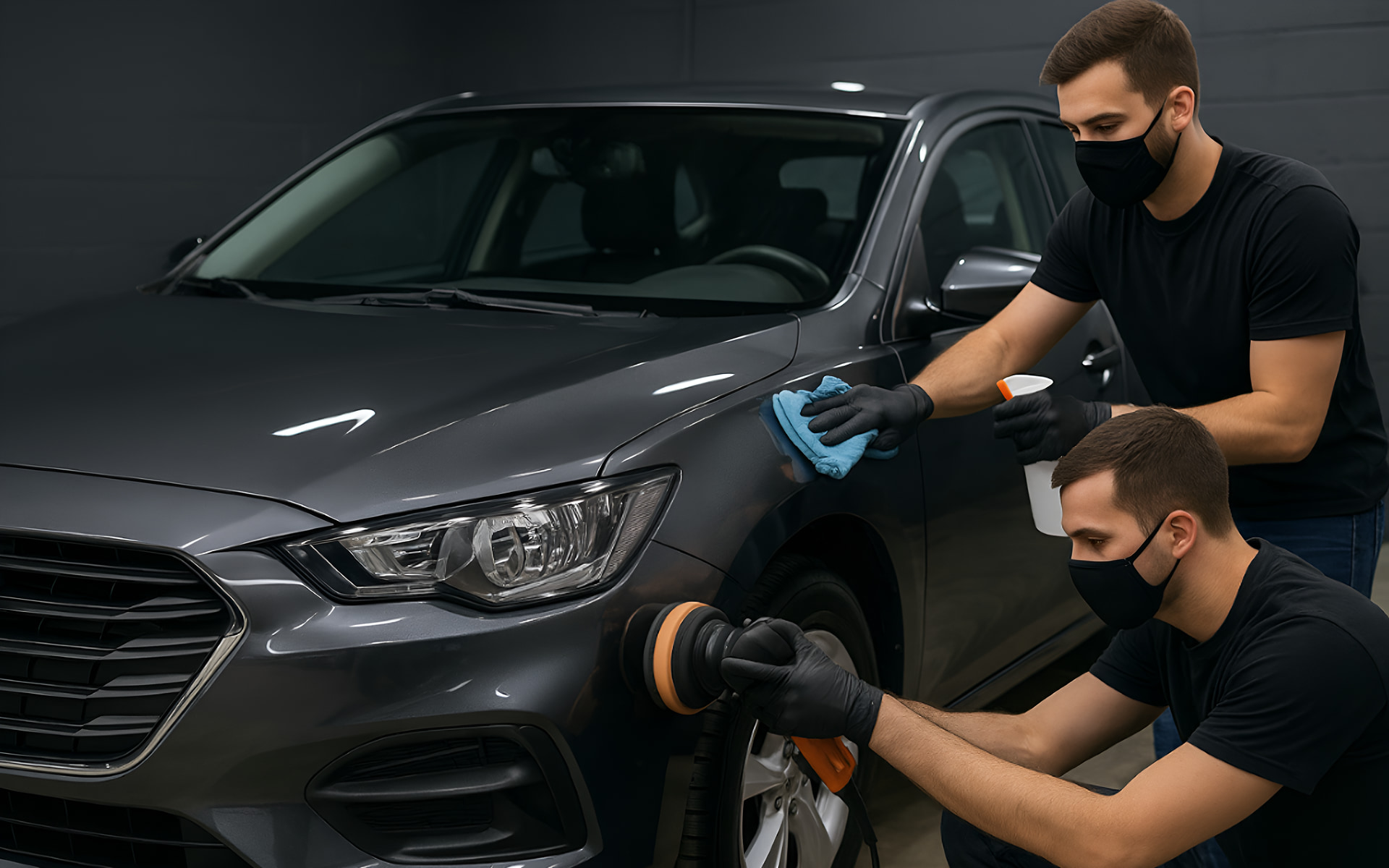Your car is more than just a mode of transportation; it’s a significant financial investment and often a source of pride. From the moment you drive it off the dealership lot, its exterior is under constant assault. Sun, sand, road debris, bug acids, bird droppings, and minor abrasions relentlessly work to diminish its showroom shine. While regular washing and waxing are essential, they offer little defense against physical damage. This is where Paint Protection Film (PPF) comes in—not as a luxury, but as a smart, strategic investment for any car owner who values preservation and long-term value.
What Exactly is Paint Protection Film?
Often called a “clear bra,” modern PPF is a far cry from the thick, yellowing, and cloudy films of the past. Today’s high-tech films are made from a transparent, thermoplastic urethane layer that is applied directly to your car’s painted surfaces. The best PPF brands are engineered to be:
Nearly Invisible
High clarity paint protection film (PPF) keeps your car’s factory color and finish visible. It enhances the natural depth and gloss of the paint while remaining virtually undetectable. This clear layer protects without altering the vehicle’s original appearance, allowing the shine to remain crisp and showroom fresh.
Self-Healing
Premium PPF includes a top coat with self-healing technology. Minor scratches and swirl marks from washing or small abrasions disappear when exposed to mild heat, such as sunlight or warm water. This constant self-repair keeps the surface smooth and flawless, maintaining a fresh, just-detailed look for years.
Extremely Durable
Paint protection film is exceptionally tough and elastic, engineered to absorb impacts from stones, gravel, and road debris. This durability helps prevent chips, scratches, and other damage that would otherwise penetrate your car’s paint. It provides long-lasting defense during daily driving and harsh weather conditions.
Protective
High-quality PPF guards against more than physical impacts. It blocks harmful UV rays to stop oxidation and fading, and resists chemical stains from bird droppings, bug splatter, tree sap, and harsh cleaners. This comprehensive protection keeps your vehicle’s paint vibrant and well-preserved for many seasons.
The Smart Investment: Breaking Down the Value of PPF
The initial cost of a full or partial PPF installation can give some owners pause. However, when viewed through the lens of long-term ownership and cost-of-ownership, it quickly reveals itself as a wise financial decision.
1. Preserves Your Car’s Resale Value
This is the most significant financial argument for PPF. A car’s value is heavily influenced by its exterior condition. Paintwork in pristine, original condition is a major selling point. A potential buyer will see a flawless finish and know the car has been meticulously cared for. They won’t be able to point to dozens of rock chips on the hood and bumper to negotiate a lower price. The cost of a full front-end PPF installation is often less than the depreciation hit you would take from a paint-covered front end that is pockmarked with chips and scratches.
2. Eliminates the Cost and Hassle of Repaints
Professional paint repair is expensive and often never quite matches the factory-original finish. A single respray of a bumper or hood can easily cost hundreds or even thousands of dollars. PPF acts as a sacrificial layer. When a rock strikes it, the film takes the damage, not your paint. If the film is severely damaged, only that specific panel’s film needs to be replaced, which is a faster and more cost-effective process than repainting.
3. Maintains Showroom Shine with Less Effort
The glossy, hydrophobic top layer of modern PPF makes your car easier to clean. Dirt, grime, and bug residues have a harder time sticking to the slick surface. This means less elbow grease during washes and a cleaner car for longer between washes. The film also protects against swirl marks inflicted by improper washing techniques, keeping that deep, mirror-like gloss.
4. Peace of Mind on the Road
Driving can be stressful enough without constantly wincing at the sound of a pebble hitting your bumper. PPF provides immense psychological value. It allows you to enjoy driving your car—on highways, behind other vehicles, and on gravel roads—without the constant anxiety of damaging your paint. This freedom and peace of mind are invaluable for enthusiasts and daily commuters alike.
Where Should You Install PPF? Understanding Coverage Options
PPF installation can be customized based on your budget and protection needs:
Full Front End
The most popular paint protection film package covers the full hood, front fenders, bumper, headlights, and side mirrors. It shields all major high-impact areas that face constant abuse from road debris, insects, and harsh weather, providing comprehensive protection without altering the vehicle’s appearance.
Partial Front End
A budget-friendly option that typically includes the front bumper, headlights, and the first 12 to 18 inches of the hood and fenders. While it protects critical areas, it can leave a visible line where the film ends, requiring careful maintenance to keep the finish seamless.
Full Body Wrap
The ultimate level of protection, this package covers every painted surface of the vehicle, including the roof, pillars, and all doors. Full body wraps are often chosen for exotic, classic, or luxury vehicles to ensure maximum defense against chips, scratches, and environmental damage across the entire exterior.
High-Impact Areas
Many vehicle owners select extra protection for vulnerable spots such as rocker panels, behind the wheel wells, door edges, and the rear bumper. These targeted applications guard against stone chips, loading scratches, and everyday wear, extending the life of the paint in the most exposed areas.
The Importance of Professional Installation
PPF is a product where installation is just as important as the product itself. A professional installer possesses the skill, tools, and clean environment necessary to ensure a flawless application. They use computer-precut kits or custom hand-cut the film for a perfect fit, ensuring edges are wrapped and tucked, and that there is no dirt, bubbles, or misalignment. A poor installation can lead to peeling, discoloration, and an unsightly appearance.
Conclusion: Protecting Your Investment for the Long Haul
Paint Protection Film is far more than a simple accessory; it is a strategic decision for any discerning car owner. It is the single most effective way to preserve the aesthetic appeal, structural integrity, and financial value of your vehicle’s exterior. By forming an invisible, durable shield against the daily hazards of the road, PPF pays for itself in saved repair costs, retained resale value, and the priceless peace of mind to truly enjoy your drive.
By choosing Monza for PPF in Sharjah, you invest in both safety and the value of your car. Contact Monza Auto Care today at +971 554 24 2600 or email us at monzaautocare@gmail.com. Visit us at 125 Street, Industrial Area 15, Sharjah for expert car services.
Frequently Asked Questions
How long does Paint Protection Film last?
A high-quality PPF installed by a professional can last for 5 to 10 years. Many premium brands come with a 10-year warranty against yellowing, cracking, and staining, guaranteeing long-term protection.
Will PPF change the look of my car's paint?
No. High-quality modern PPF is designed to be optically clear. It enhances the gloss and depth of your existing paint without altering its color. Your car will look like it just received a perfect, permanent wax.
Can PPF be removed without damaging the paint?
Yes, one of its key features is safe removability. A professional can heat and remove the film without harming the original factory paint underneath, revealing pristine paint that has been protected for years.
How do I maintain and care for my PPF?
Care is simple. Wash regularly with pH-neutral soap. Avoid abrasive polishes or waxes on the film. You can use a dedicated PPF sealant to enhance its hydrophobic properties. The self-healing layer takes care of minor scratches.
Is PPF a better investment than ceramic coating?
They serve different purposes. PPF is for physical impact protection (rock chips, scratches). Ceramic coating is for chemical and UV protection (ease of cleaning, gloss). The ultimate protection is PPF applied first, topped with a ceramic coating.

